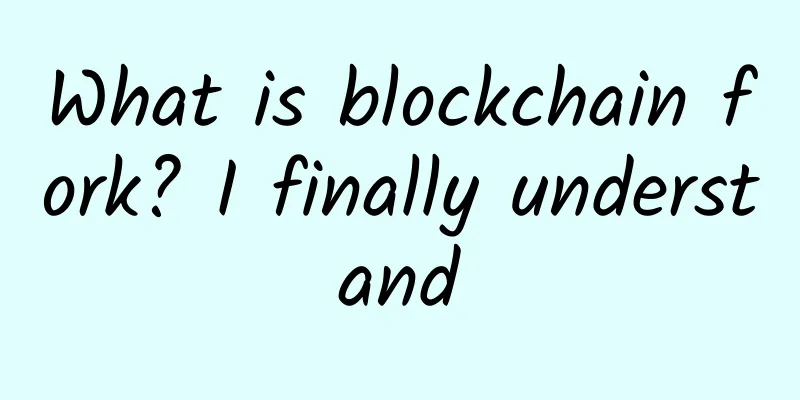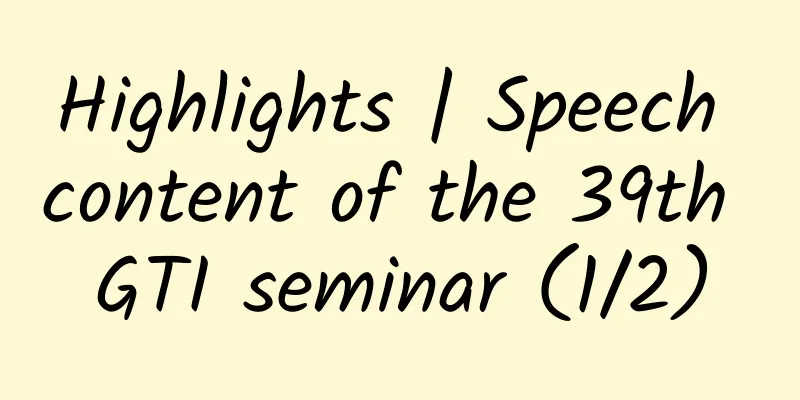What is blockchain fork? I finally understand

|
I have previously written about how Bitcoin mining works. The proof-of-work mechanism used by Bitcoin is to let miners compete with each other to solve a math problem. Whoever solves it first shouts, "My proof-of-work is successful, come and see." All miners come over to copy that page, paste it on the top of their own ledger, and then start a new accounting process. In this process, there is often a situation where two miners solve the problem at the same time. What should we do?
The previous article also said: "In any block, the first entry has no transfer address, which is the so-called CoinBase (mining transaction). No one pays the miner this money, the miner just writes that he has received 12.5 bitcoins. All nodes recognize the miner's writing, so the miner gets the mining income. When different miners fill in the block, the data must be different, because each miner's first entry must be different, and the miner will only transfer the mining income to his own address." Since each miner has different block data, the results they get from solving the problem are also different. They are all correct answers, but the blocks are different. Therefore, at this moment, two different blocks that meet the requirements appear in the blockchain. So, what should all miners do at this time? Due to the distance, different miners see these two blocks in order. Usually, miners will copy the block they saw first, and then start new mining work on this block. So, the following situation occurs: We call this phenomenon a bifurcation. In a blockchain system that uses the proof-of-work mechanism as a consensus algorithm, this problem is solved in this way: starting from the forked block, since different miners follow different blocks, the computing power on the two forked chains is different. Figuratively speaking, the number of miners following the two chains is different. Since the problem-solving ability is proportional to the number of miners, the growth rates of the two chains are also different. After a period of time, one chain will always be longer than the other. When a miner finds that there is a longer chain in the entire network, he will abandon his current chain, copy the new longer chain back, and continue mining on the basis of this chain. When all miners do this, this chain becomes the main chain, and the forked and abandoned chain disappears. In the end, only one chain will be retained and become a truly valid ledger, and the others are invalid, so the entire blockchain remains unique. Note that the premise for blockchain to ensure data uniqueness is that all miners follow the same mechanism. There is another situation where miners do not follow the same mechanism, which will also cause a fork. There are two situations for this kind of fork: one is that due to the upgrade of the entire blockchain system software, some miners did not have time to upgrade, resulting in a fork that follows different mechanisms. When these miners upgrade the system, the fork will disappear. We call this fork a soft fork. Second, due to disagreements among miners, some miners decide to adopt different mechanisms, and the resulting fork will not disappear. We generally call this fork a hard fork. Soft forks are easy to understand, so let’s focus on hard forks. The first influential hard fork in the blockchain circle should be the fork of Ethereum. Due to its own loopholes, The DAO, a famous project on Ethereum, caused hackers to steal about 60 million US dollars worth of Ethereum at the time. In July 2016, the Ethereum development team modified the code of the Ethereum software and forcibly transferred all funds of The DAO and its sub-DAOs to a specific refund contract address in the 1920,000th block, thereby "taking back" the DAO contract currency controlled by the hacker. Since some miners disagreed with this modification, two chains were formed, one for Ethereum (ETH) and the other for Ethereum Classic (ETC), each representing different community consensus and values. After the hard fork of Ethereum, two blockchains were generated. Since the data of the two chains were the same before the fork, a very interesting phenomenon occurred: people who originally held Ethereum (ETH) found that in addition to holding the original ETH, they also had the same amount of ETC. In other words, some assets are added out of thin air. The specific value of these assets depends on the market trading situation. But in general, the hard fork of the blockchain does not reduce assets, but instead gives people an extra asset in their hands. It seems that it is always a good thing, so the blockchain fork has become a way to increase assets out of thin air. On August 1, 2017, a group of miners led by ViaBTC created a Bitcoin fork - Bitcoin Cash (BCC or BCH for short). This fork allowed a large number of Bitcoin holders to add a new digital currency (BCH) out of thin air. The hard fork is a very similar way of creating currency to ICO, so a new term was born - IFO (Initial Fork Offerings). When creating a fork, the miner team can use their privileges to allocate some currency to themselves or others in the block where the fork occurs (just write it as a CoinBase transaction), and then open it up to everyone to participate in mining. As more and more hard forks occur, can the credibility of Bitcoin remain the same as before? Will IFO become the killer of Bitcoin? It will take time to test. |
Recommend
Deployment of the next generation ultra-broadband access network in the 5G era
In the 5G era, the demand for ultra-broadband acc...
ElasticSearch IK Tokenizer Quick Start
1. Install IK word segmenter 1. Allocate a pseudo...
Comprehensive analysis of the ten most critical technologies in the 5G network field
When it comes to 5G, many people's impression...
Cisco, the hero behind the scenes who helps turn good thoughts into good deeds
People often have good intentions in their hearts...
CDN: What are edge CDN and virtual CDN (vCDN)?
What are the limitations of CDN today? Today, con...
How to set IP addresses for network monitoring projects with more than 254 points?
Many friends have asked, how to set the IP addres...
SD-WAN architecture requires a new approach to network management
Software-defined networking (SDN) has become an i...
The 400G era is coming, and new optical fibers may be the best partner
With the continuous emergence of high-definition ...
LOCVPS Korea/Germany/Netherlands VPS 30% off, Korea VPS (2GB/60GB/600GB) monthly payment starts from 38.5 yuan
LOCVPS (Global Cloud) released a promotional plan...
Interview surprise: What are the common HTTP status codes?
HTTP status code is the response status code retu...
The three major operators unveiled their latest 5G strategies
As the global 5G latest version standard is locke...
What is OSI model?
Today I tweeted some thoughts about how the OSI m...
2017 Prediction: SD-WAN will drive the development of IoT
IoT drives SD-WAN adoption The Internet of Things...
5G messages are not safe either? Will the SMS business die out if it is hit hard again?
[[348875]] This is not the first time that 5G has...
Review of China Unicom in 2020: Being “down-to-earth” in the “hyper-realistic” development of 5G, and moving forward with firm “mixed reform”
As a technology that can rewrite the rules of the...









